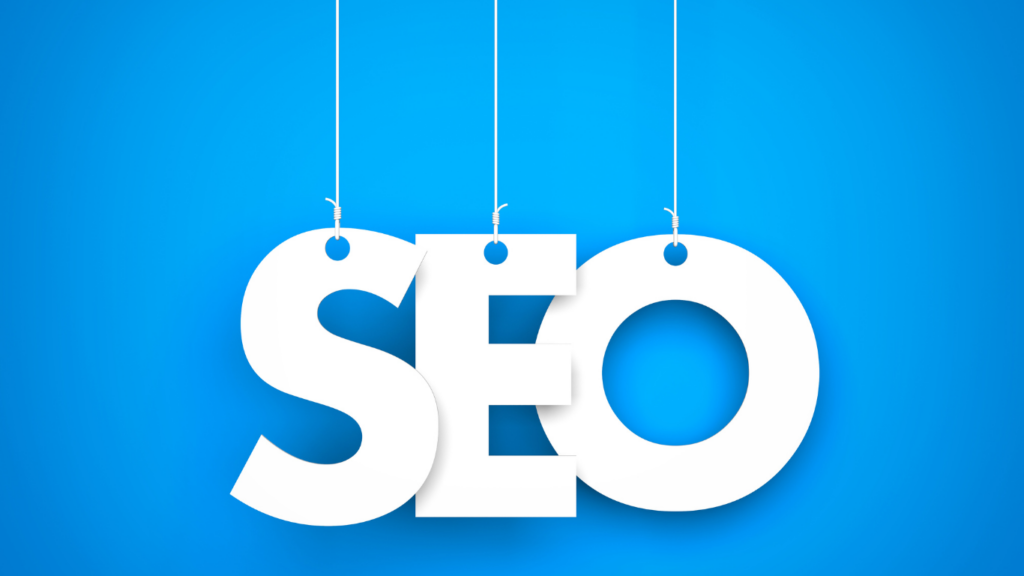The Ultimate Guide to On-Page SEO in Ohio
Ohio is a bustling state with a rapidly growing digital landscape. As businesses shift their focus to online presence, search engine optimization (SEO) has become an essential component of any digital marketing strategy. While there are many aspects of SEO, on-page optimization is crucial for any website looking to rank higher on search engine result pages (SERPs). In this guide, we’ll explore what on-page SEO is, why it’s important, and how you can optimize your website to improve your search engine rankings in Ohio.
Table of Contents
- What is On-Page SEO?
- Importance of On-Page SEO in Ohio
- Understanding Ohio’s Search Landscape
- Keyword Research for On-Page SEO in Ohio
- Creating Engaging Content for Ohio Audience
- On-Page Optimization Techniques for Ohio
- Title Tags and Meta Descriptions
- Header Tags
- URL Structure
- Image Optimization
- Internal Linking
- User Experience (UX)
- Mobile Optimization
- Local SEO for Ohio Businesses
- Google My Business
- Local Citations
- Reviews
- Measuring On-Page SEO Success in Ohio
- Common On-Page SEO Mistakes to Avoid in Ohio
- Conclusion
- FAQs
What is On-Page SEO?
 On-page SEO refers to optimizing the content and HTML source code of a webpage to make it more relevant and user-friendly for search engines. This includes optimizing titles, descriptions, content, images, and other on-page elements that can help search engines understand the context of a webpage. The goal of on-page optimization is to improve the ranking of a webpage on search engine result pages (SERPs) for specific keywords.
On-page SEO refers to optimizing the content and HTML source code of a webpage to make it more relevant and user-friendly for search engines. This includes optimizing titles, descriptions, content, images, and other on-page elements that can help search engines understand the context of a webpage. The goal of on-page optimization is to improve the ranking of a webpage on search engine result pages (SERPs) for specific keywords.
Importance of On-Page SEO in Ohio
Ohio has a highly competitive digital landscape, with many businesses vying for the attention of potential customers online. On-page SEO is essential for any website that wants to rank higher on search engines like Google and Bing. With proper on-page optimization, businesses can improve their website’s visibility in Ohio, attract more organic traffic, and ultimately generate more leads and sales.
Understanding Ohio’s Search Landscape
Before diving into on-page optimization techniques, it’s important to understand Ohio’s search landscape. Google is the dominant search engine in Ohio, with a market share of over 85%. Bing is the second most popular search engine, with a market share of around 11%. Understanding which search engines are popular in Ohio is crucial for targeting the right audience and optimizing your website accordingly.
Keyword Research for On-Page SEO in Ohio
Keyword research is the foundation of on-page optimization. The first step is to identify relevant keywords that are popular in Ohio and have a high search volume. There are many tools available for keyword research, such as Google Keyword Planner, Ahrefs, and SEMrush. Once you have identified the keywords, the next step is to strategically incorporate them into your website’s content and on-page elements.
Creating Engaging Content for Ohio Audiences
High-quality content is key to on-page SEO success in Ohio. Creating engaging and informative content that resonates with your Ohio audience is crucial for attracting and retaining visitors. When creating content, keep in mind the specific needs and interests of your target audience in Ohio. Use language and terminology that is familiar to them, and provide valuable information that they can’t find anywhere else.
On-Page Optimization Techniques for Ohio
There are several on-page optimization techniques that you can use to improve your website’s search engine rankings in Ohio.
Title Tags and Meta Descriptions
To boost the visibility of your website on search engine results pages (SERPs), it’s essential to pay attention to title tags and meta descriptions. These HTML elements provide crucial context to search engines about the content of a webpage. When creating your title tag, make sure it’s relevant and descriptive, including your target keyword and accurately reflecting the content of the webpage. Similarly, your meta description should be compelling and entice users to click on your webpage from the SERPs. By optimizing these elements, you can improve your click-through rate and ultimately drive more traffic to your site.
Header Tags
Header tags (H1, H2, H3, etc.) are HTML tags that provide structure to your webpage’s content. Use header tags to break up your content into smaller sections and make it easier for users to read. Including your target keyword in your H1 tag can also help search engines understand the context of your webpage.
W3 Schools is a fantastic resource to learn more about proper HTML tags and how to use them.
URL Structure
A clean and concise URL structure can improve the user experience and make it easier for search engines to understand the content of your webpage. Use descriptive and relevant keywords in your URLs, and avoid using unnecessary parameters or dynamic URLs.
Image Optimization
Optimizing images on your website can improve the user experience and help search engines understand the context of your webpage. Use descriptive and relevant filenames for your images, and include alt text that accurately describes the content of the image.
Internal Linking
Internal linking refers to linking to other pages on your website from within your content. Internal links can help users navigate your website and discover more content, as well as provide context to search engines about the relationships between different pages on your website.
User Experience (UX)
A positive user experience can improve your website’s search engine rankings and reduce bounce rates. Make sure your website is easy to navigate, loads quickly, and is accessible on all devices.
Mobile Optimization
Mobile optimization is crucial for any website looking to rank higher on search engines in Ohio. Make sure your website is responsive and mobile-friendly, and optimize your content and images for smaller screens.
Local SEO for Ohio Businesses
For businesses targeting local customers in Ohio, local SEO is essential. Local SEO refers to optimizing your website and online presence for location-based searches. Here are a few local SEO techniques that can help Ohio businesses improve their visibility in local search results:
Google My Business
Google My Business is a free tool that allows businesses to manage their online presence on Google. Optimizing your Google My Business profile can improve your visibility in local search results and attract more local customers.
Local Citations
Local citations refer to mentions of your business’s name, address, and phone number (NAP) on other websites. Having consistent and accurate NAP information across the web can improve your visibility in local search results.
Reviews
Online reviews can have a significant impact on your business’s visibility and reputation in Ohio. Encourage your customers to leave reviews on platforms like Google, Yelp, and Facebook, and respond promptly to any negative reviews.
Measuring On-Page SEO Success in Ohio
To continuously improve your search engine rankings in Ohio, it’s crucial to measure the success of your on-page optimization efforts. Thankfully, there are various tools available to help you do so, such as Google Analytics and Google Search Console. By regularly tracking your website’s traffic, rankings, and user engagement metrics, you can gain valuable insights into how your optimization strategy is performing. This, in turn, can help you identify areas for improvement and refine your on-page optimization strategy for better results.
Common On-Page SEO Mistakes to Avoid in Ohio
Here are a few common on-page SEO mistakes that Ohio businesses should avoid:
- Keyword stuffing
- Duplicate content
- Poor user experience
- Broken links and 404 errors
- Slow loading speed
Conclusion
On-page SEO is an essential component of any digital marketing strategy in Ohio. By optimizing your website’s content and on-page elements, you can improve your search engine rankings, attract more organic traffic, and generate more leads and sales. Use the techniques outlined in this guide to optimize your website for Ohio audiences and stay ahead of the competition.
Now that you are familiar with On-Page SEO, check out our article about Off-Page SEO.

Leave A Comment